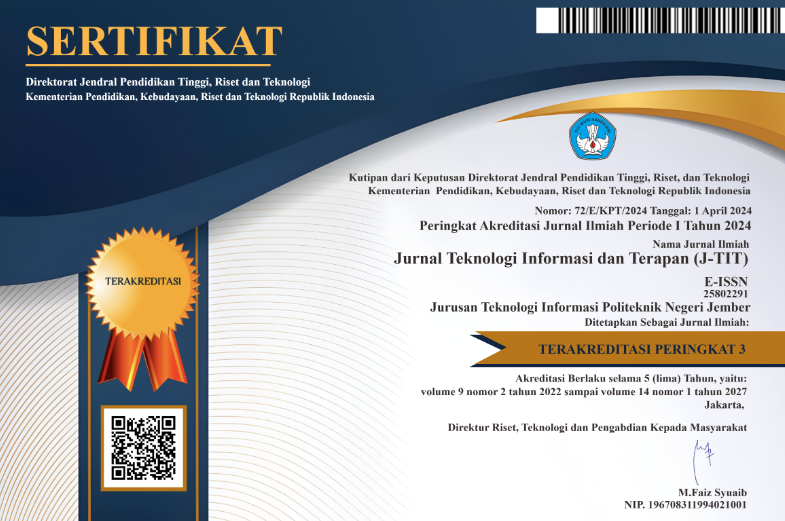Efficient Intrusion Detection System Utilizing Ensemble Learning and Statistical Feature Selection in Agricultural IoT Networks
Abstract
To enhance agricultural processes, smart agriculture combines a variety of devices,
protocols, computing paradigms, and technologies. The cloud, edge computing, big data, and
artificial intelligence all offer tools and solutions for managing, storing, and analyzing the vast
amounts of data produced by various parts. Smart agriculture is still in its infancy and lacks several
security measures, brought in the creation of numerous networks that are vulnerable to cyberattacks.
The most well-known cyberattack is called a denial of service (DoS) attack, in which the attackers
overwhelm the network with massive amounts of data or requests, preventing the nodes from
accessing the various services that are provided in that network. Intrusion Detection Systems (IDS)
have shown to be effective defense mechanisms in the event of a cyberattack. The implementation
of conventional intrusion detection systems (IDS) approaches in Internet of Things (IoT) devices
was hindered by resource constraints, such as reduced computing capacity and low power
consumption. In this paper, we used an ensemble learning and statistical based feature selection
strategy to create a lightweight intrusion detection solution. The results show that the stacking
ensemble method is able to improve the performance of single machine learning in the classification
of anomalous events even though the computation time required is quite large compared to the
computation time of single machine learning
The Authors submitting a manuscript do so on the understanding that if accepted for publication, copyright of the article shall be assigned to Jurnal Teknologi Informasi dan Terapan (J-TIT) and Department of Information Technology, Politeknik Negeri Jember as publisher of the journal. Copyright encompasses rights to reproduce and deliver the article in all form and media, including reprints, photographs, microfilms, and any other similar reproductions, as well as translations. Authors should sign a copyright transfer agreement when they have approved the final proofs sent by Jurnal Teknologi Informasi dan Terapan (J-TIT) prior to the publication. The copyright transfer agreement can be download here .
Jurnal Teknologi Informasi dan Terapan (J-TIT) and Department of Information Technology, Politeknik Negeri Jember and the Editors make every effort to ensure that no wrong or misleading data, opinions or statements be published in the journal. In any way, the contents of the articles and advertisements published in Jurnal Teknologi Informasi dan Terapan (J-TIT) are the sole responsibility of their respective authors and advertisers.
Users of this website will be licensed to use materials from this website following the Creative Commons Attribution 4.0 International License. No fees charged. Please use the materials accordingly.

This work is licensed under a Creative Commons Attribution-Share A like 4.0 International License
You are free to:
- Share — copy and redistribute the material in any medium or format
- Adapt — remix, transform, and build upon the material for any purpose, even commercially.
- The licensor cannot revoke these freedoms as long as you follow the license terms.









